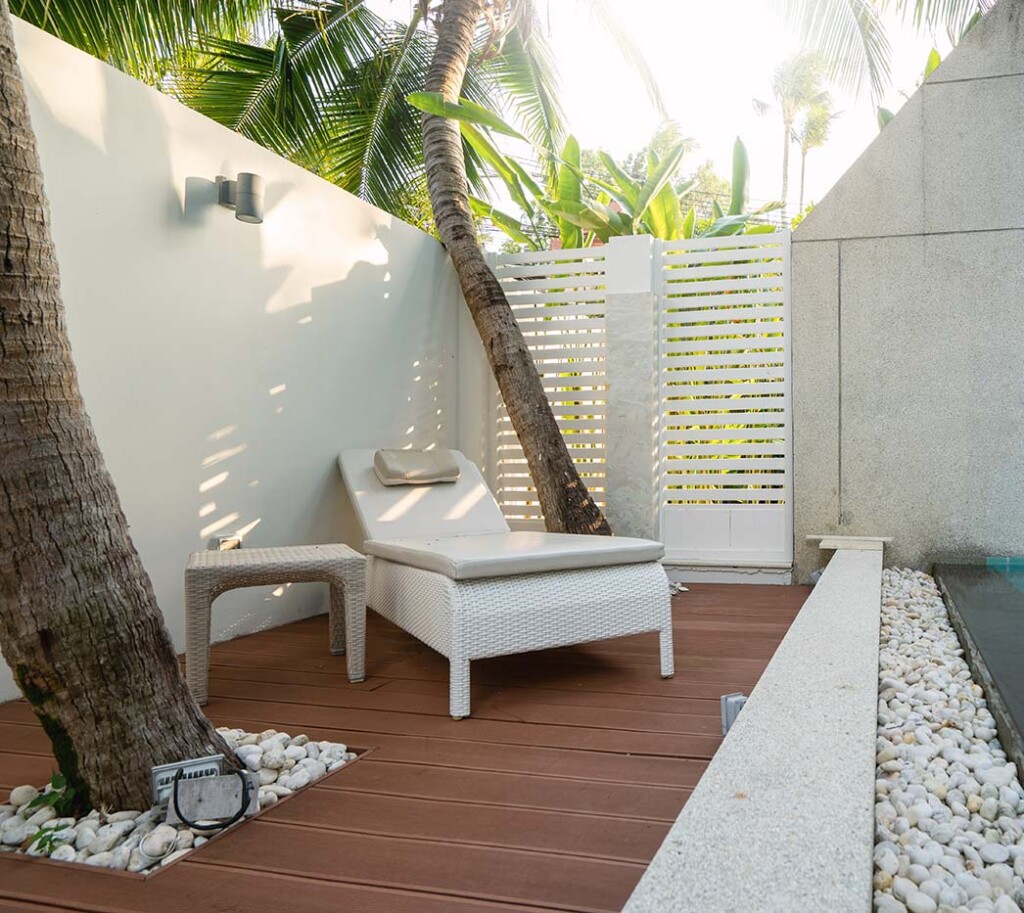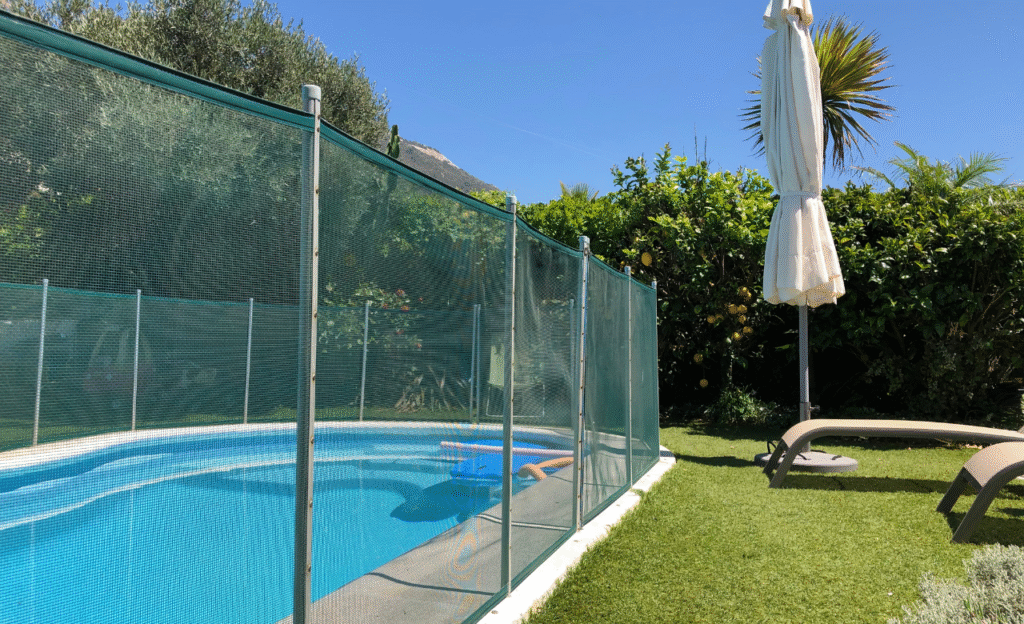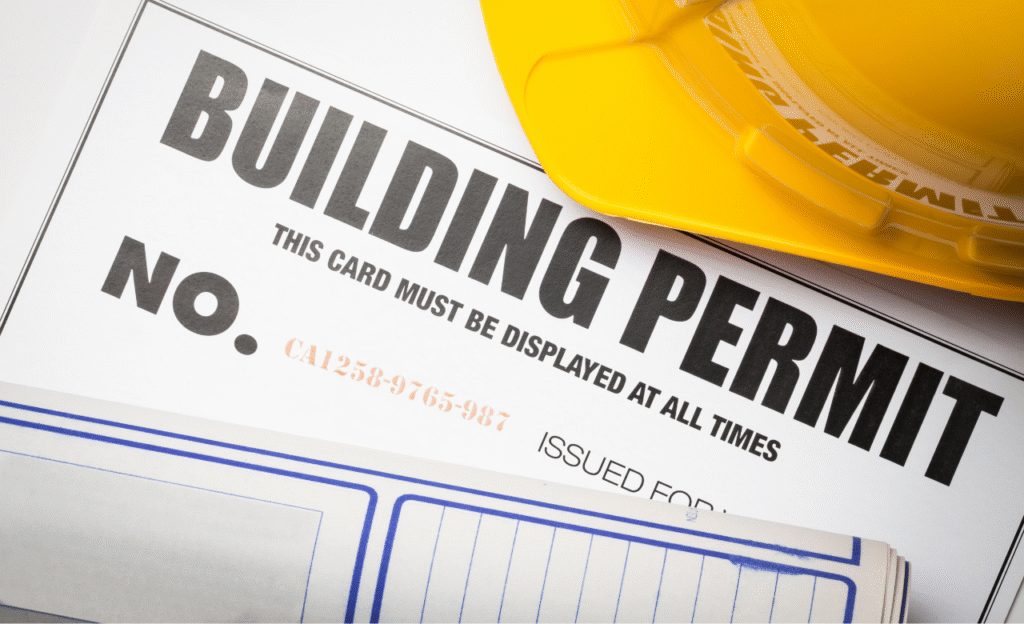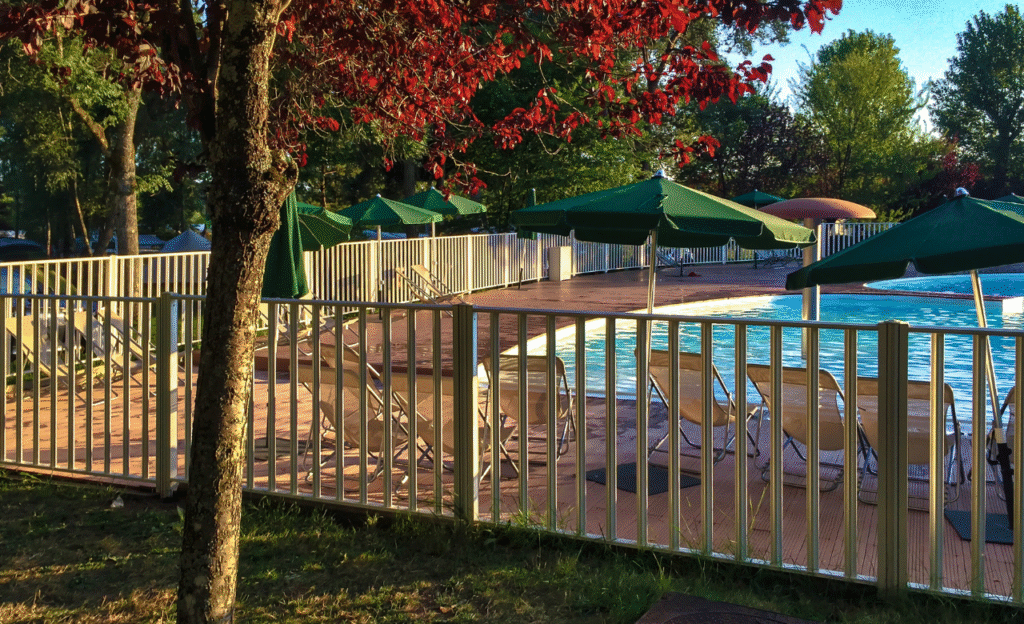A pool adds luxury, relaxation, and stunning views but it also comes with serious safety and legal responsibilities. County and HOA regulations require it to be enclosed by a compliant barrier designed to prevent accidental access, especially for children and pets.
Many homeowners assume any stylish fence will meet the code, but Iredell County authorities pay close attention to details like height, spacing, latch placement, and gate direction. In communities near Morrison Plantation and along Williamson Road, even small deviations can lead to fines, failed inspections, or insurance issues.
The smart move? Work with Lake Norman pool fence experts who know the right materials and design, and can meet every safety standard while maintaining the upscale look your property deserves. It’s compliance and craftsmanship perfectly balanced.
Why Compliance Matters Around Lake Norman

Pool fences are the first line of defense for children, guests, and pets. Luxury homeowners often host gatherings that bring large groups to their property. Without a compliant fence, the risk of accidents rises dramatically.
Local enforcement is especially rigorous near Perth Road and estates surrounding The Point. Inspectors know these high-end communities have pools that attract attention, and they enforce NC Residential Code closely. Failing to meet requirements can also jeopardize insurance coverage. A claim after an accident may be denied if the barrier doesn’t comply.
Property value is another factor because non-compliance is a red flag during real estate transactions. Buyers expect peace of mind when investing in Lake Norman waterfront estates. A well-designed, code-compliant pool fence demonstrates responsibility, safety, and foresight.
North Carolina Pool Fence Requirements Explained

The Tar Heel State has clear, non-negotiable standards for pool barriers. Every luxury homeowner should be familiar with these rules before planning a project:
Height Minimums
A pool fence must be at least 48 inches tall, measured on the side facing away from the pool. This height creates a barrier that’s difficult for small children to climb while still looking balanced within a landscaped yard. Anything lower makes scaling the fence far too easy and defeats its purpose as a safety feature.
Gate Standards
Gates must be self-closing and self-latching, with latches positioned at least 54 inches above ground. The self-closing design ensures that even if someone forgets to pull the gate shut, it will swing closed on its own. The latch height keeps it out of reach for children, turning the gate into the fence’s strongest point instead of its weakest.
Ground Clearance
Gaps between the ground and the bottom of the fence cannot exceed 2 inches. A larger opening may seem harmless, but it can allow small children or pets to crawl under the barrier. Keeping the clearance tight ensures the fence functions as a true enclosure, not one with hidden escape routes.
Climb Resistance and Openings
No openings wider than 4 inches are allowed. This standard prevents kids from squeezing through spaces in pickets or rails and keeps them from using gaps as footholds to climb. It also removes entrapment risks, ensuring the fence protects rather than creates hazards.
For homeowners who want to read the official code, the North Carolina pool safety regulations provide full details. These standards apply whether your estate is near Morrison Plantation, along Cornelius Road, or tucked into a waterfront cul-de-sac.
HOA and Luxury Community Overlays

While state code sets the baseline, many Lake Norman communities go further. HOA rules can dictate not only the fence height but also the materials, finishes, and even color.
For example, The Point and neighborhoods near Trump National Golf Club often restrict homeowners to wrought iron or ornamental aluminum designs for a uniform appearance. A natural wood fence that passes state code may still be denied at the HOA level. This dual compliance is why relying on professionals matters.
To understand how aesthetics and safety intersect in premier enclaves, see our guide that explains how high-end design choices and HOA restrictions can work hand-in-hand.
Design & Materials: When Safety Becomes Elegance

Meeting safety standards is not settling for generic solutions. The right materials and design choices can transform compliance into a design feature that enhances your estate.
Premium Materials:
- Wrought Iron & Aluminum: Timeless and elegant, perfect for estates near Brawley School Road. Both materials satisfy code and HOA requirements while framing the pool with sophistication.
- Tempered Glass Panels: Almost invisible barriers that allow uninterrupted views of Lake Norman’s waters. Ideal for infinity pools where scenery is part of the design.
- Composite Options: Durable, low-maintenance solutions that mimic wood’s warmth without the risk of warping or decay.
Design Integration:
- Step-down fences follow the slope of waterfront lots, blending with the terrain while staying within height compliance.
- Stone columns and landscaped buffers make safety unobtrusive, turning a requirement into an architectural element.
Common Pitfalls Luxury Homeowners Face

Despite the clear rules, many Lake Norman homeowners still run into costly mistakes:
- Assuming any backyard fence qualifies. A tall privacy fence may enclose a yard, but it can still fail pool safety requirements if it doesn’t meet clearance or gate standards.
- Installing non-compliant gates. Gates without self-latching hardware or with latches mounted too low are among the top reasons inspections fail.
- Skipping HOA approvals. In Morrison Plantation or luxury cul-de-sacs near Perth Road, HOAs often demand detailed submissions. Ignoring this step can lead to rejection even after the fence is built.
- Avoiding permits. Attempting to bypass the permit process may save time upfront, but inspectors can order fences removed if they aren’t approved.
AAA Fence & Deck regularly encounters these issues during consultations and knows how to prevent them from happening in the first place.
Safe, Stunning & Fully Compliant

Pool fencing for luxury estates is never a “one-size-fits-all” job. It takes experience, design skill, and a deep understanding of both code and community standards. That’s where AAA Fence & Deck excels.
With over 30 years of experience and a reputation across regions, AAA has built more than fences; they’ve built trust. Their “No Questions Asked” workmanship warranty means peace of mind long after installation. They navigate state code, handle HOA approvals, manage permits, and deliver designs that merge safety with elegance.
Luxury homeowners from Williamson Road to the waterfront estates of The Point rely on AAA for custom solutions that work the first time. With a commitment to being a reliable fencing provider, they ensure that safety never overshadows style.
Call (980) 223-3313 today to schedule a consultation and see how your pool fence can be safe, stunning, and fully compliant.
Frequently Asked Questions
Do Lake Norman HOAs require different fence styles than the state code?
Yes, many communities, including The Point and luxury enclaves near Trump National, mandate ornamental iron or aluminum for uniform appearance. These HOA rules can be stricter than state law, so both sets of requirements must be met.
Which materials work best for luxury pool areas?
Wrought iron and aluminum remain the most HOA-approved and durable. For lakefront views, tempered glass offers elegance with transparency. Composite is another option for homeowners who want durability with a wood-like look.
How much space is allowed under a pool fence?
Clearance between the bottom of the fence and the ground cannot exceed 2 inches. This prevents small children or pets from crawling underneath.
Can AAA Fence & Deck manage permits and HOA approvals for me?
Absolutely. AAA specializes in handling permits, compliance paperwork, and HOA submissions. From initial design to final inspection, they streamline the process for Lake Norman luxury homeowners.
